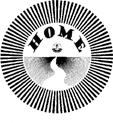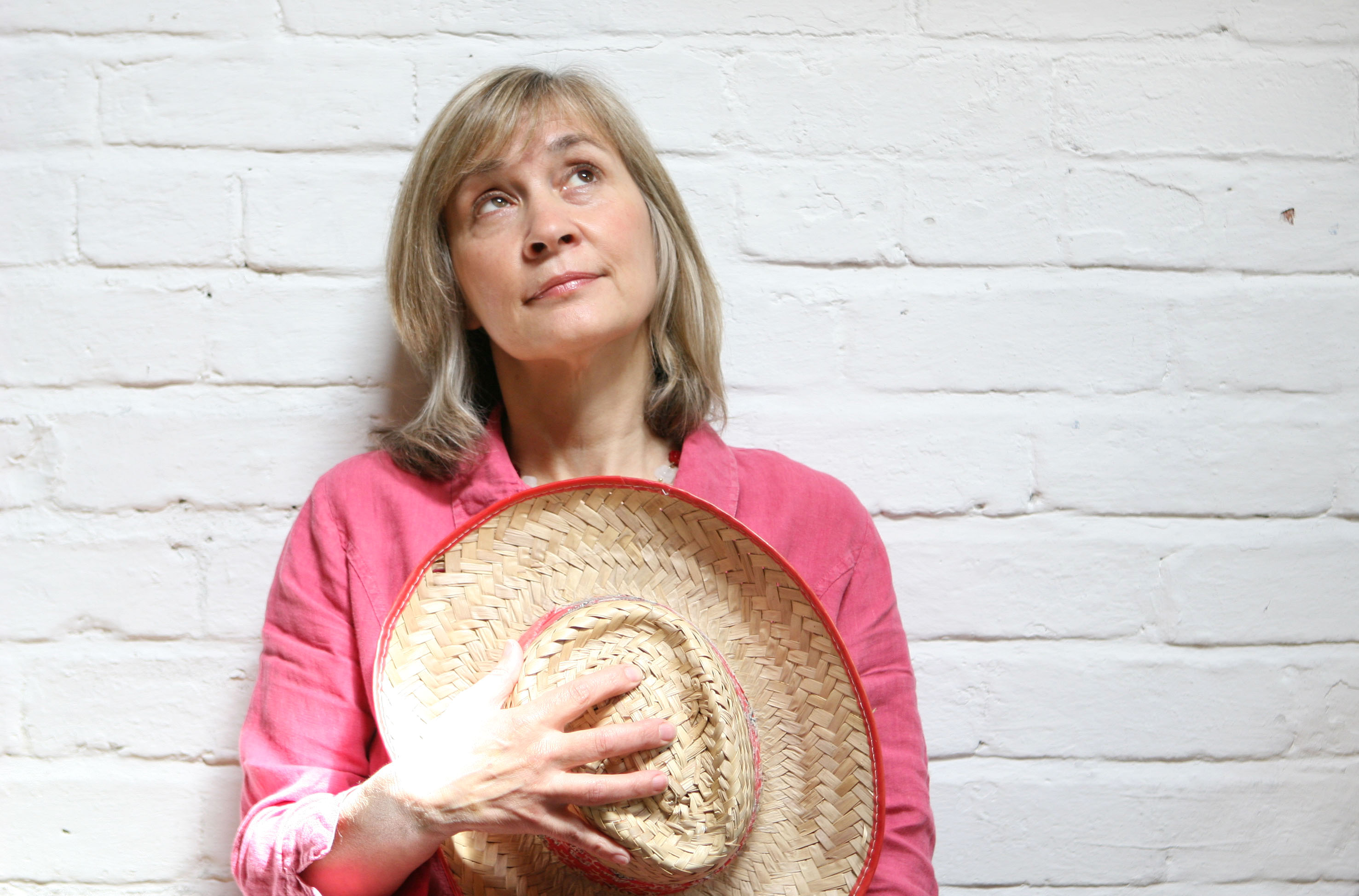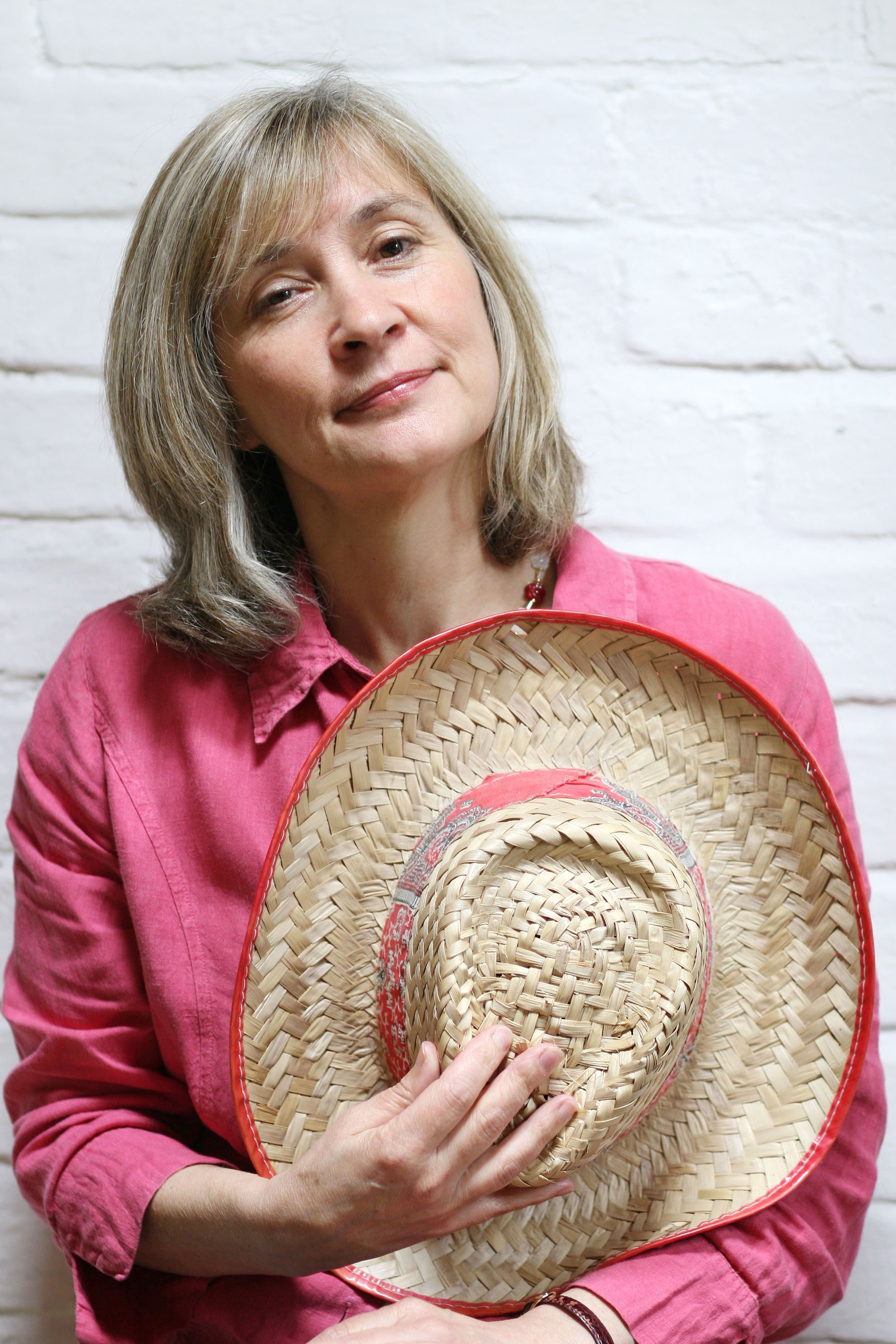![]()


Influentially akin to America’s Carter Family, the Watersons were one of Britain’s premier traditional folk bands, helping to usher in the British folk revival in the mid 60’s. They recorded three essential albums of traditional folk (‘Melody Maker’ named their debut, ‘Frost and Fire’ the “Best Folk Album of 1965”) before disbanding in 1968. The youngest of three siblings, Elaine “Lal” Waterson would venture beyond the trad. arr. source of their early recordings by composing all of the tracks on their 1972 comeback, ‘Bright Phoebus.’ Various familial permutations (which frequently included Lal’s brother-in-law, Martin Carthy) recorded into the 80s, and Lal released her final album during her lifetime, ‘Once In A Blue Moon,’ recorded with her son, Oliver Knight, in 1996. Welsh folksinger and music journalist, Charlotte Greig, a fan since ‘Bright Phoebus,’ reviewed the album and conducted the Robin’s Bay recluse’s final interview before her death from lung cancer in 1998. Greig and her husband soon established an “alternative folk and country” club night in Cardiff, and for the last three years have invited some of the performers who passed through (supplemented with invitation-only submissions from Vashti Bunyon, Richard Youngs, The Memory Band, and a few others) to contribute to what eventually developed into the ‘Migrating Bird’ tribute album. Jeff Penczak asked Charlotte to share the story behind the album with us.

Tell us a little about the alternative folk night at the club there in Cardiff where you and John got the idea for ‘Migrating Bird.’
We set up the club about six years ago, really just so we could have the pleasure of seeing artists we liked performing. American alt country and British alt folk artists didn’t often come to Cardiff. The artists usually stayed overnight in our house, so we would play them British folk albums they may not have heard, including Lal’s.
Your interview with Lal must have been one of the last she conducted before she died. Was she much different in person from the persona she created through her albums?
Yes and no. When I met her, she seemed very nervous. She was wary of strangers, but once I got to know her, she relaxed. She was open, warm, and affectionate. She could be very funny. I sensed she had gone through a lot of emotional turmoil, but I was also aware that she had a tremendous strength of character. That comes through on her songs. And she was very direct. She didn’t seem to have that cynical, defensive armour that most people acquire in life. I think that was a curse and a blessing for her.
I understand that you also invited certain performers (outside of your folk club circle) to contribute to the tribute. Can you share a few names and tell us what made you want to include them?
They were all artists we liked; some had played the club, and some hadn’t. We invited Vashti because she’s a contemporary of Lal’s and I thought if she sang ‘Migrating Bird’ it would make a nice closer. And Richard Youngs because we wanted an experimental edge to the record. The same went for Lavinia Blackwall and Alex Neilson, and Elle Osborne (Lindsey Woolsey). Nancy Elizabeth, Adrian Crowley, Richard James, and The Memory Band were artists we met whose work we liked and who were the type of acts we liked to have on at club. I think everybody else on the album played at the club at one time or another.
Were any of the performers familiar with Lal’s work before you played them her music? I’m thinking some of them might not have been born when she first started performing, and she’s not exactly a well-known name over in America.
Most of the Americans didn’t know her. Victoria Williams and Mark Olson, for example. And most of the British acts didn’t either, not as a songwriter anyway. They might have heard her sing in The Watersons. Alasdair Roberts, Alex Neilson, Richard Youngs, and James Yorkston definitely did know her work, because they know British folk music very well. But for most of the artists, this was the first time they’d been introduced to her songs.
Did you consciously attempt to extend the invitations to artists who might not otherwise be known for their “folk” backgrounds, or did you elect to try and stay within Lal’s own sphere of influence?
I don’t think Lal really had a sphere of influence! She was well known in the British folk world as one of the singers in The Watersons, but my impression was that few people in that world were interested in her as a songwriter. She had one or two well-known songs – ‘Fine Horseman,’ for example, which was covered by a lot of folk artists – but on the whole, her work as a songwriter was quite obscure.
Also, did you intentionally withhold sending invitations to Lal’s family, or were there label issues that prevented any of them from contributing?
Martin Carthy, Eliza Carthy, Norma Waterson and others – for example, Linda Thompson and Billy Bragg - had already made a tribute album to Lal and her brother Mike, which is called ‘Shining Bright.’ So ours was really just a follow-up, picking artists from outside the British folk world. We didn’t ask her family because they’d already done theirs. And we wanted to do something a bit different, with artists from outside that scene.
I’m sure they’ve heard the album. Have any of her family contacted you… and what were their reactions?
I wrote to Lal’s husband, George, and her son Oliver, and sent them a copy of the album. I spoke to them at the Electric Proms concert [see below] and they seemed generally positive. I also spoke to Martin Carthy, who told me that he liked Adrian Crowley’s version of ‘Never The Same’, which Adrian was pleased to hear, since that song is so closely associated with Martin’s version.
Did the performers select their own tracks, or did you have specific artists in mind for certain tracks… and how did you break any “ties” i.e., two performers wanting to submit the same track?
We began by letting the artists choose their own song. That worked fine for James, Alasdair, Elle, and others who really knew her songs, but it was a bit bewildering for those who didn’t. So then John and I started picking tracks out for individual artists, which was fun. I almost felt I could hear what they’d do in my head. And it was very exciting when the versions came in, of course. I think on the whole we chose pretty well. And funnily enough, no two people chose the same song.
Of all of Lal’s songs, tell us what attracted you most to ‘Her White Gown’?
This was a song that nobody else picked. I wasn’t surprised, as it’s quite cryptic, and a challenge to sing. For me, it’s a knotty sort of song that you have to work away at to loosen, whether as a listener or a performer. I remember hearing it for the first time on Once in a Blue Moon and being bowled over by it. It was so clever, almost as though Lal was showing off her prowess as a songwriter – there are so many twists and turns in the lyrics and the melody. But, as always with Lal, it’s not just about being clever. There’s a very strong emotion there, too. When I met her, I asked her about it. I thought it was about being confined in a marriage, but she said it wasn’t. Then, after she died, I began to feel I understood it. For me, it expressed something about the way meeting her gave me courage, changed my direction in life. At the time, I had been hanging around waiting for someone to put out my first album but after I met her, I decided to take the plunge and release it myself, which began a whole new train of events for me.
How did the final album come together? Did you have a deal in place with the label run out of the Honest Jon record shop in Ladbroke Grove before you started assembling the recordings or did you complete the project and then shop it around?
We collected most of the tracks with the hope of putting out an album one day, but no deal in place. Then we played them to Mark Ainley, who runs Honest Jon’s. He was very positive and offered to put it out. He helped us complete it, got it mastered, commissioned the artwork, and so on. So it is very much his project too.
I noticed that the release date seemed to coincide with the BBC’s Electric Proms Folk Night, “Once In A Blue Moon Tribute To Lal Waterson” at the Cecil Sharp House (October 25, 2007). According to BBC reports, Alasdair Roberts reprised his performance of ‘The Bird,’ and James Yorkston elected to perform ‘So Strange Is Man’ in lieu of ‘At First She Starts,’ which he contributed to ‘Migrating Bird.’ Was this planned, or a happy accident and did you notice any residual overflow in terms of initial sales of the CD?
It was just a coincidence, really, but a very happy one. I was glad that some of our artists were invited to play. James did do ‘At First She Starts’. It was Tim Van Eyken who did ‘So Strange is Man’, as I remember. I don’t know about the details of CD sales, but I’m sure live performances like these help to attract interest.
Any possibility that you might have your own CD release party, perhaps at your Cardiff club and try and assemble as many of the contributors as possible for a live rendition of the album?

We are going to be doing some live performances in the New Year. Not sure of the details yet, but it looks like quite a few of the artists will be available.
Finally, can you tell me what the reception has been like. Does it seemed to have accomplished your initial desire to expose Lal’s work to a new generation, while simultaneously illistrating the beadth and scope of her influence?
We’ve had great reviews so far, and lots of coverage. Along with other events, such as the Electric Proms Concert, I think it has helped to make Lal’s name better known to a new generation of listeners. And also to broaden her appeal outside the folk world. So we’re very happy about it. I feel it sounds like a record made with love, and not just dreamed up in a boardroom somewhere. I hope you do too!
Written and directed by Jeff Penczak
Charlotte can be contacted via her website, and you can read our review of ‘Migrating Bird’ here